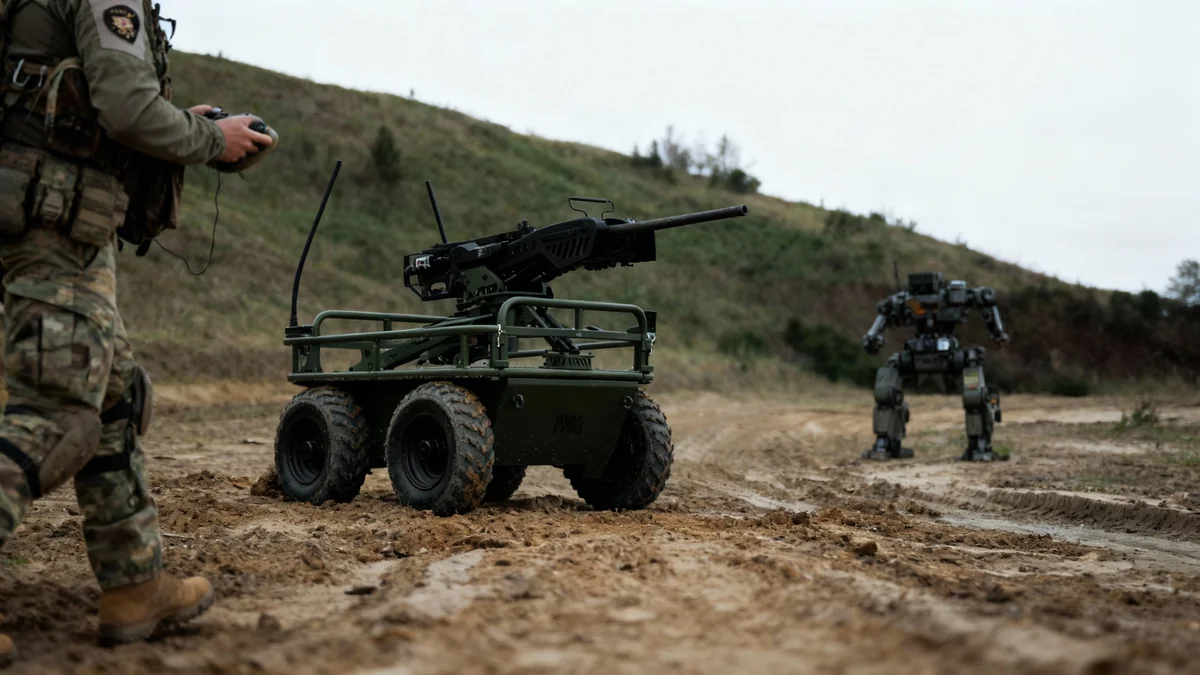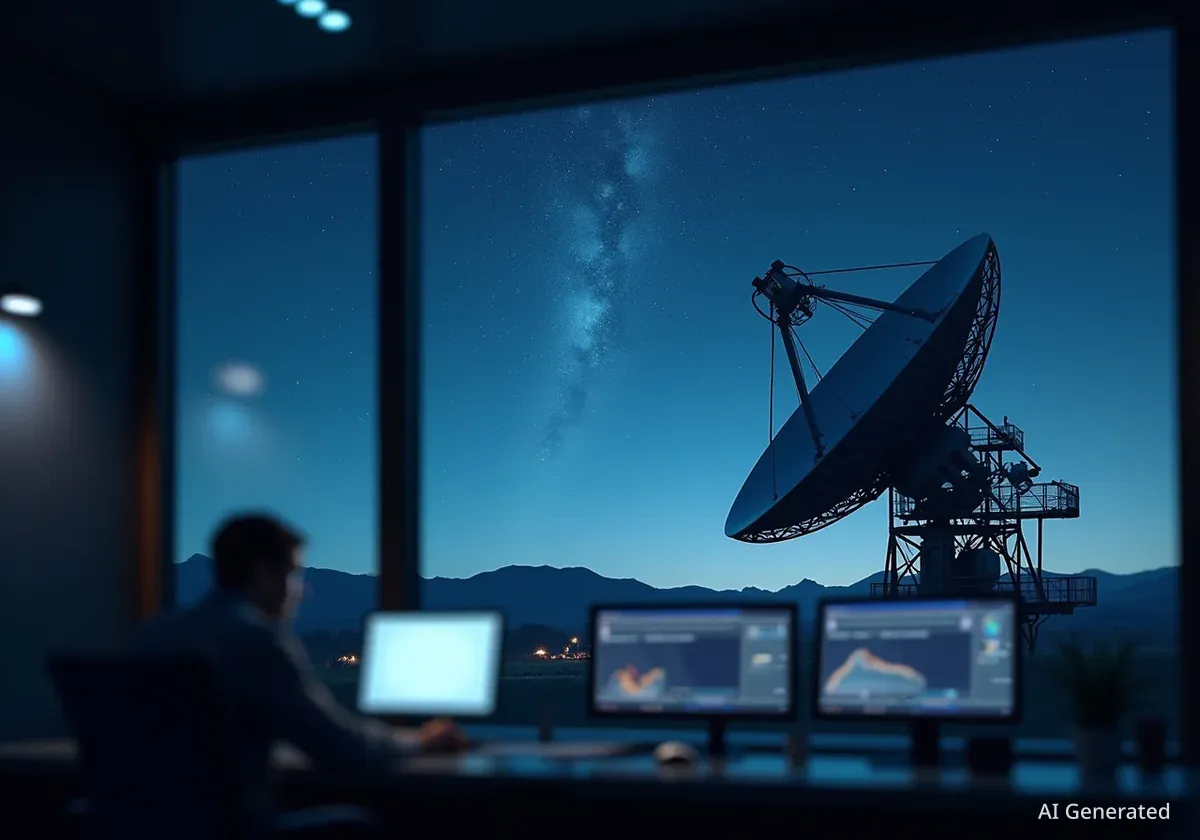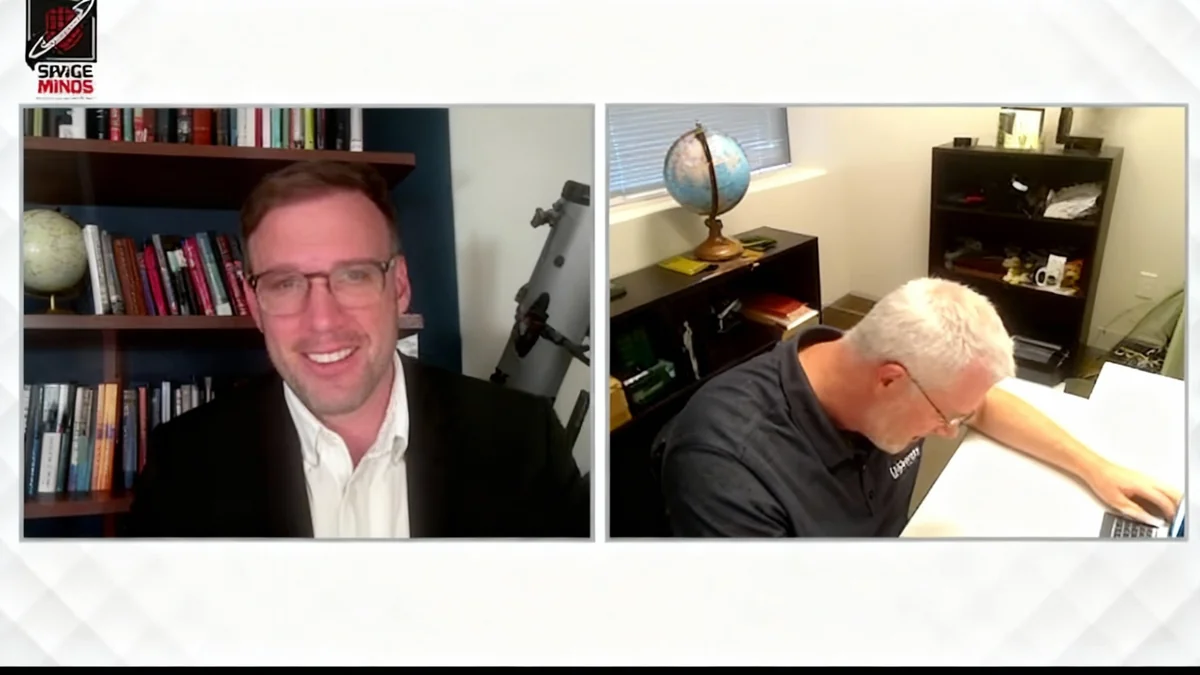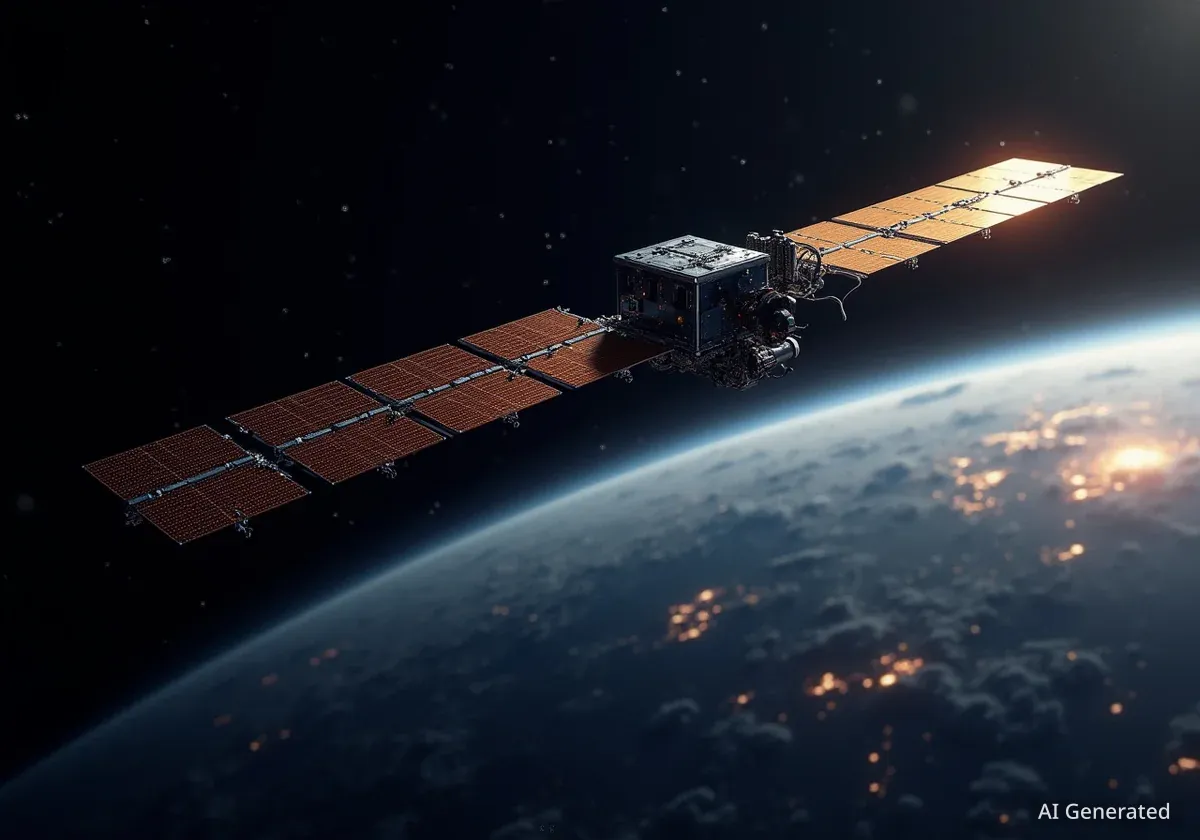SpaceX's Starlink satellite internet, a critical communication tool for Ukraine's military, is facing bandwidth limitations that are slowing the deployment of unmanned ground robots on the front lines. The congestion is forcing Ukrainian engineers to develop new technologies to overcome the bottleneck and improve the effectiveness of these essential machines.
Key Takeaways
- Starlink's bandwidth on the front lines is often as low as 10 megabits per second for robotic units.
- This limitation reduces the speed of Unmanned Ground Vehicles (UGVs) to approximately 10 km/h (6 mph).
- Slow speeds make the robots vulnerable to attack as they traverse dangerous territories.
- Ukrainian engineers are creating solutions like airborne signal repeaters to bypass satellite dependency.
- Future developments are focused on AI-powered autonomous navigation to reduce reliance on real-time data links.
The Bandwidth Bottleneck
Since the early days of the conflict, Starlink has been an indispensable asset for Ukrainian forces, providing vital communication where traditional infrastructure has been destroyed. With as many as 200,000 terminals active in the country, Ukraine is the largest user of the service in Europe. However, this high concentration of devices, especially along the front, has created a data traffic jam.
For Ukraine's growing fleet of Unmanned Ground Vehicles (UGVs), this has become a significant operational hurdle. These robots, used for delivering supplies, evacuating wounded soldiers, and conducting attacks, rely on a stable video feed for remote operation. The limited bandwidth often results in poor video quality, making precise control difficult.
Individual UGVs on the front line frequently have to operate with a connection of just 10 megabits per second, a fraction of the speed needed for smooth, high-speed remote control.
Vadym Burukin, a technologist and CEO of the drone startup Huless, explained the practical implications of this data shortage.
"If you want to drive fast, you need a frame rate of at least 30 frames per second to be able to control the robot. If you only have ten frames per second and you are moving fast, there is a huge chance that you're going to end up in a minefield or in a tree."
In addition to bandwidth issues, the physical conditions of the battlefield present further challenges. The constant vibrations from rolling over rough terrain can cause Starlink terminals to malfunction, while clouds, rain, and even dense tree cover can degrade the satellite signal.
A Slow Crawl Through the 'Grey Zone'
The consequences of slow data speeds are most acute in the so-called "grey zone," the contested territory between front lines that can be up to 20 kilometers (12 miles) wide. This area is under constant threat from enemy drones and artillery.
According to Andriy Dovbenko, CEO of the Ukrainian Tech Exchange network, the current bandwidth constraints limit UGV speeds to about 10 kilometers per hour (6 mph). At this pace, a robot could take up to two hours to cross the grey zone, making it an easy target for Russian first-person-view (FPV) drones.
"It's quite slow for [unmanned ground vehicles]," Dovbenko stated. "You want to have at least 20 kilometres per hour [12.4 mph]." A faster crossing significantly increases the robot's chances of completing its mission successfully.
The Role of UGVs in Modern Warfare
Ukraine has dispatched thousands of wheeled ground robots to its military units. These UGVs serve multiple functions:
- Logistics: Delivering ammunition, food, and medical supplies to forward positions.
- Medical Evacuation: Transporting wounded soldiers from the battlefield without risking more personnel.
- Combat: Serving as mobile machine-gun turrets or platforms for anti-tank weapons.
Their primary advantage is the ability to perform high-risk tasks while keeping human soldiers out of direct danger.
Ukrainian Ingenuity Takes Flight
In response to these challenges, Ukrainian tech innovators are not waiting for a satellite upgrade. Instead, they are developing creative solutions to extend and strengthen their communication networks independently.
One of the most promising solutions comes from Burukin and his team at Huless. They have developed tethered drones that act as airborne signal repeaters. These drones ascend to an altitude of 150 meters (about 500 feet) and carry equipment that amplifies radio signals, which are less susceptible to the congestion affecting Starlink.
"For ground-to-ground communication [the radio signal range] is just a couple of kilometers," Burukin said. "With a repeater in the air, this range extends to 40 plus kilometers (25 miles)."
This innovation not only helps ground robots but also extends the operational range of aerial drones, allowing them to conduct reconnaissance missions deep into Russian-controlled territory. Burukin shared a recent success: "We were able to get all the way to the Donbas arena, a big stadium in the center of Donetsk, flying drones using our repeating equipment." Donetsk is approximately 50 kilometers (30 miles) from the current front line.
The Future of Warfare: Beyond Satellite Control
Despite the current limitations, experts agree that Starlink remains a vital tool for Ukraine. "There are many uses for Starlink in the war, but it's not been developed specifically as a military technology, so it has its limitations," Dovbenko noted, adding that creating a comparable alternative at scale is likely impossible for now.
The long-term vision involves reducing the reliance on any single communication link. The next evolution in robotic warfare will be driven by artificial intelligence and autonomous navigation. Systems are being developed that will allow UGVs to navigate the battlefield, identify targets, and complete missions without constant human oversight.
AI-powered robots would be immune to signal jamming and bandwidth loss, as they would not require a continuous video feed to operate. While unlikely to completely replace human soldiers, these autonomous machines are expected to dramatically reduce the number of people needed in the most dangerous frontline positions, fundamentally changing the calculus of modern warfare.





